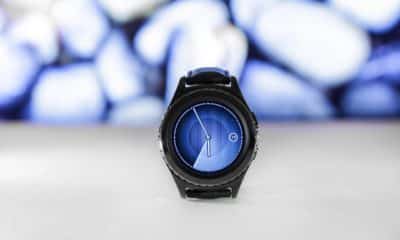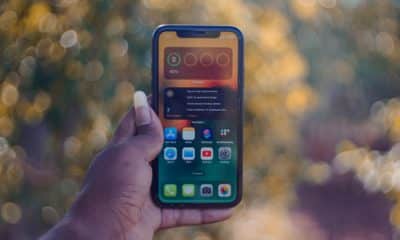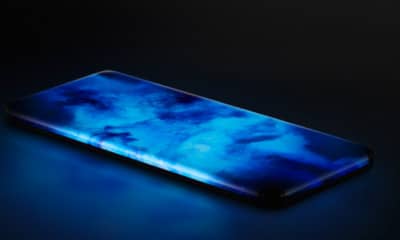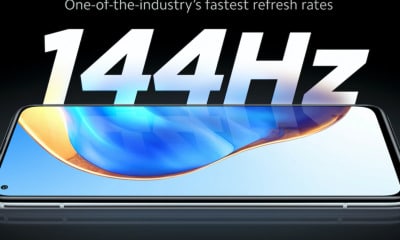Phones
Which Glass is Stronger than Gorilla Glass Victus?
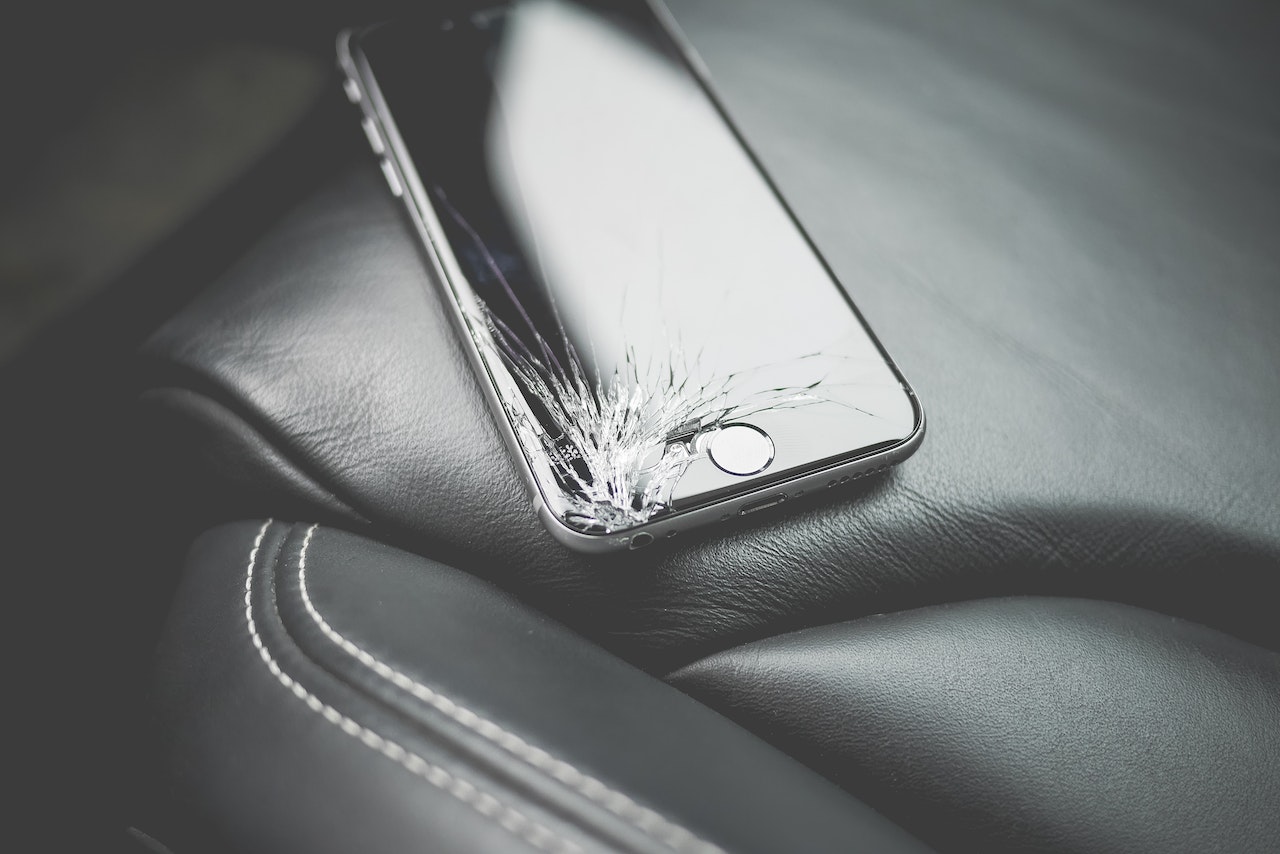
The realm of glass technology has grown by leaps and bounds in the last few decades, with one of the most recognized names in the industry being Corning’s Gorilla Glass. The latest offering from this brand, Gorilla Glass Victus, is reputed for its strength and resilience, making it a favored choice for numerous electronic manufacturers. However, the constant push for innovation and development in this field raises a pertinent question: Which Glass is Stronger than Gorilla Glass Victus? This article will attempt to answer that question by examining the characteristics that determine glass strength, comparing Gorilla Glass Victus to other notable glass technologies, and looking at alternatives that might just surpass this industry leader.
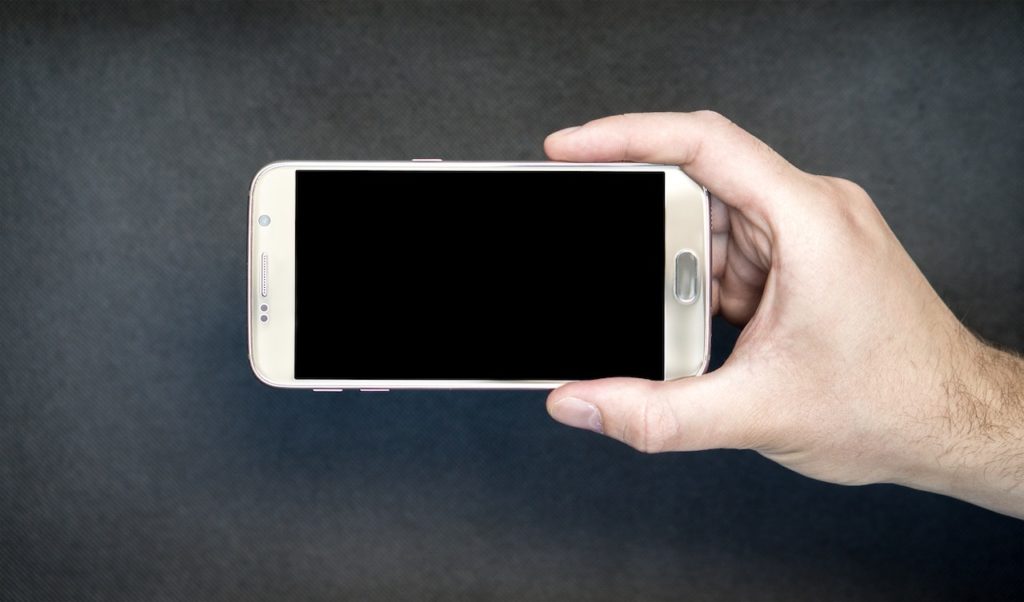
Understanding Glass Strength
Before we delve into a comparison of different glass technologies, it is essential to understand what constitutes glass strength. Glass strength is a measure of the material’s resistance to breaking or scratching under applied force. It is determined by several factors including its chemical composition, manufacturing process, and the presence of internal stress points. In the context of electronic devices, a strong glass is not just resistant to shattering on impact, but also highly resistant to scratches and other forms of surface damage.
How do we measure glass strength? There are several methods employed by the industry, such as the Vickers hardness test and the Mohs hardness scale. These tests apply a known force to a glass surface and measure the resultant indentation or scratch, giving an objective measure of the material’s hardness. However, it is crucial to remember that hardness does not directly translate to breakage resistance – a hard glass can still be brittle and prone to shattering.
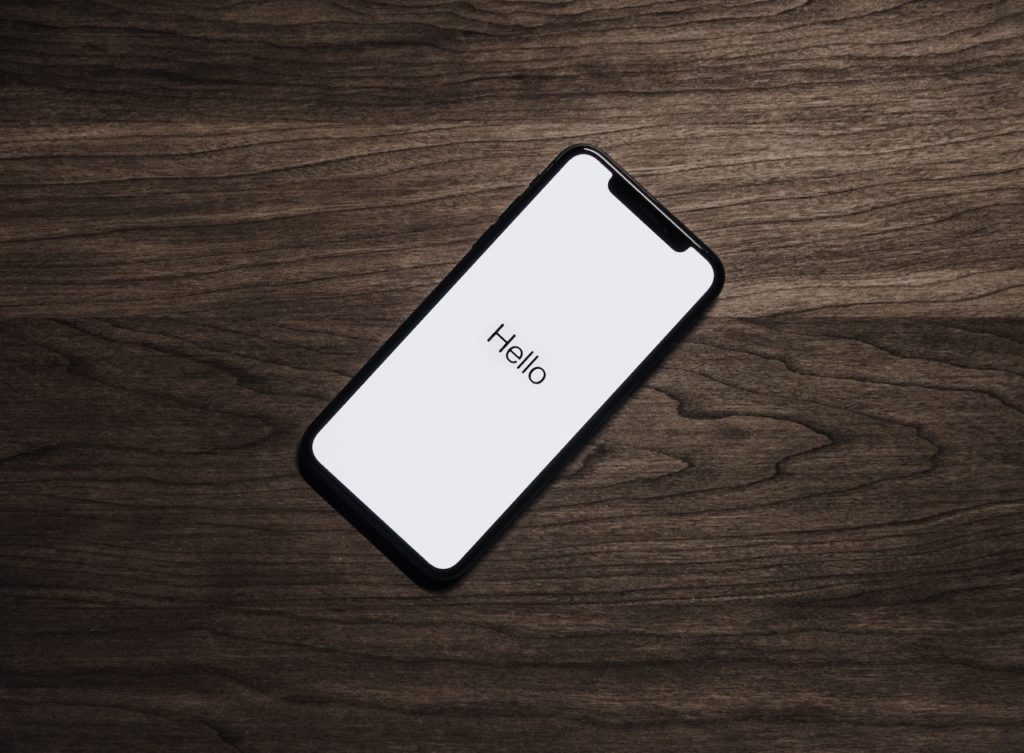
Comparing Gorilla Glass Victus to Other Glass Technologies
Gorilla Glass Victus, introduced in 2020, is heralded as Corning’s toughest cover glass yet. It boasts significant improvements in both drop and scratch performance over its predecessors, providing consumers with an impressive blend of durability and optical clarity.
However, other glass technologies are vying for supremacy in the market. The most notable among these are Sapphire Glass and Ceramic Glass. Sapphire Glass, as the name suggests, is created from synthetic sapphire, providing it with exceptional hardness. Ceramic Glass, on the other hand, blends the properties of glass and ceramics to create a highly shatter-resistant material.
Comparing Gorilla Glass Victus to these alternatives, we see different strengths and weaknesses. While Victus may surpass other glass types in certain aspects, like manufacturing cost and weight, it falls behind in pure hardness and scratch resistance.
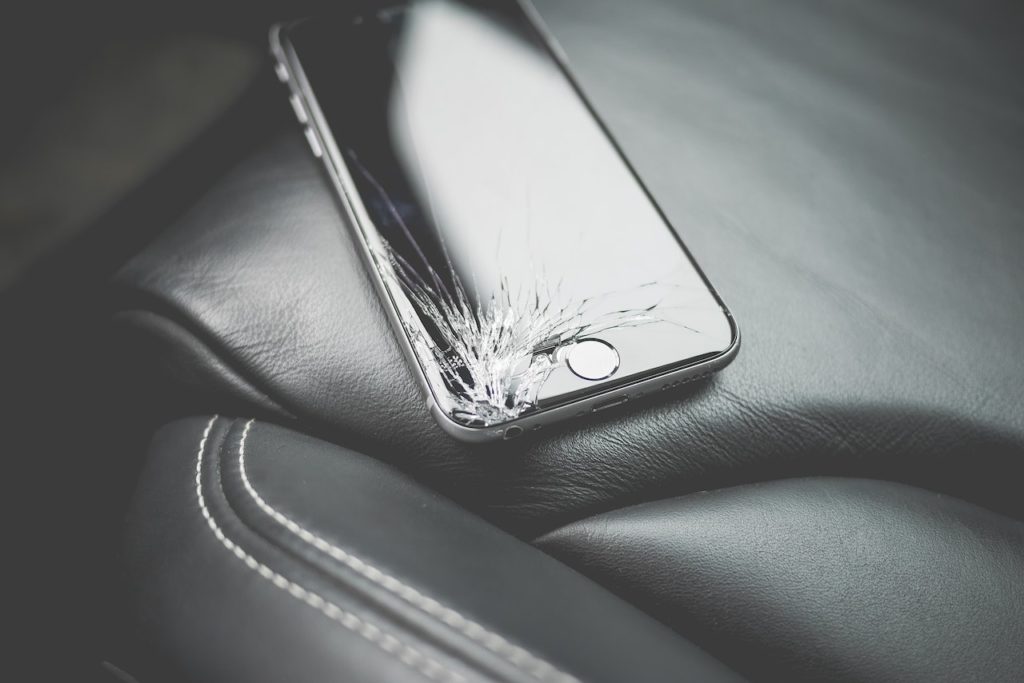
Detailed Look at Stronger Glass Alternatives
Sapphire Glass
Sapphire Glass is an extremely hard and scratch-resistant material made from crystalline aluminum oxides. It ranks nine on the Mohs hardness scale, just behind diamond, making it almost impervious to scratches from everyday objects.
One key advantage Sapphire Glass holds over Gorilla Glass Victus is its superior scratch resistance. While Gorilla Glass Victus can withstand drops from greater heights without shattering, Sapphire Glass offers near immunity to everyday scratches, which are more common. This means a screen protector made from Sapphire Glass will maintain its pristine appearance for a longer time, adding to the overall life of the device.
However, the manufacturing process for Sapphire Glass is more complex and costly than Gorilla Glass Victus. This factor, combined with the higher weight of Sapphire Glass, has somewhat limited its use in mainstream electronics.
Ceramic Glass
Ceramic Glass, also known as glass-ceramics, is another notable alternative. This unique material combines the best qualities of both glass and ceramics – the processability and transparency of glass, with the heat resistance and strength of ceramics.
Ceramic Glass is exceptionally tough and highly resistant to thermal shock, meaning it can withstand sudden temperature changes without breaking. This makes it an attractive option for devices exposed to harsh environments.
While Ceramic Glass does not match the scratch resistance of Sapphire Glass, it does exceed Gorilla Glass Victus in terms of shatter resistance. However, it shares a similar drawback with Sapphire Glass – higher production costs and weight compared to Gorilla Glass Victus.
The Future of Stronger Glass Technologies
As we explore the future of stronger glass technologies, it is clear that continued innovation is a necessity. New materials are continually being researched and developed, promising higher strength and improved features. For example, innovations like self-healing glass, which can repair its own cracks, and flexible glass, designed for foldable devices, are already on the horizon.
Other promising research avenues include the incorporation of nanoparticles and nanocomposites into glass, which could enhance its properties dramatically. Imagine a glass that could change its transparency based on temperature, or a glass that could harness solar energy.
While it is difficult to predict exactly which technology will emerge as the strongest in the future, the increasing demand for durable, lightweight, and cost-effective glass in industries like electronics and automotive ensures that the race for the next ‘strongest glass’ is far from over.
Conclusion
In conclusion, while Gorilla Glass Victus is a formidable contender in the realm of glass technologies, it is not without competition. Both Sapphire Glass and Ceramic Glass offer unique strengths that, in certain contexts, might make them stronger alternatives. The path to creating a truly ‘unbreakable’ glass is paved with exciting innovations and discoveries, and it is certain that the evolution of glass technology will continue to shape our world in profound ways. After all, the quest for stronger glass isn’t just about preventing our phones from breaking – it’s about creating a more resilient, durable, and innovative future.
-

 Gadgets6 months ago
Gadgets6 months agoCan Dogs Use VR Headsets?
-

 Tech6 months ago
Tech6 months agoWhat Does “Voicemail Pending” Mean?
-

 Phones5 months ago
Phones5 months agoHow Do I Know if My Phone Supports AR?
-

 Tech5 months ago
Tech5 months agoDoes Astigmatism Affect Your VR Experience?
-

 Business5 months ago
Business5 months agoHow Do You Make an AR Without Coding?
-
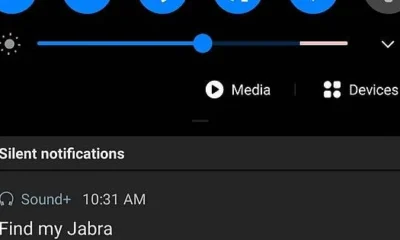
 Phones5 months ago
Phones5 months agoWhat To Do About That Weird Notification Sound on Android?
-
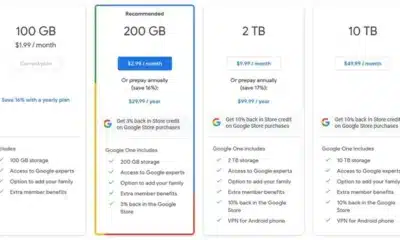
 Tech4 months ago
Tech4 months agoHow Can I Get Google Drive 1TB for Free?
-

 Phones4 months ago
Phones4 months agoHow Does SnapDrop Work? – Instant File Sharing Made Easy

